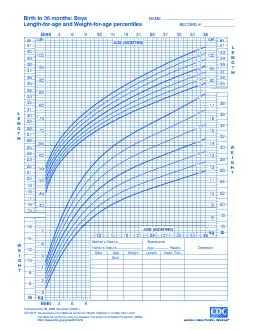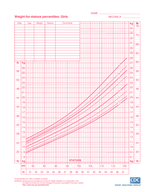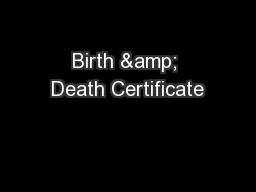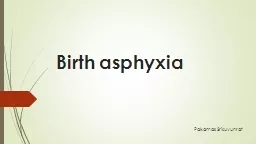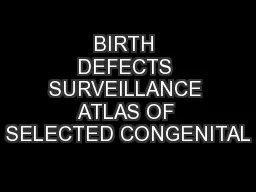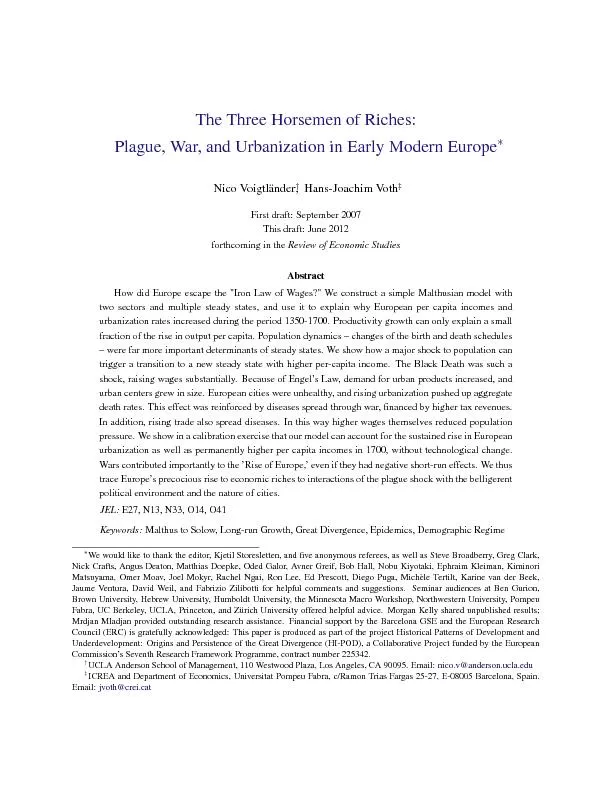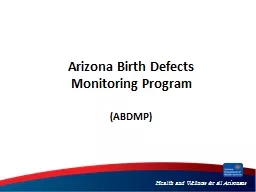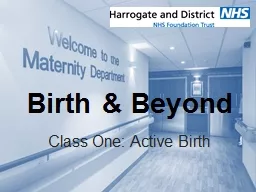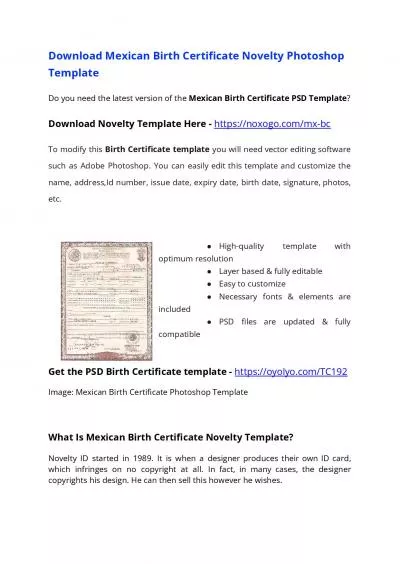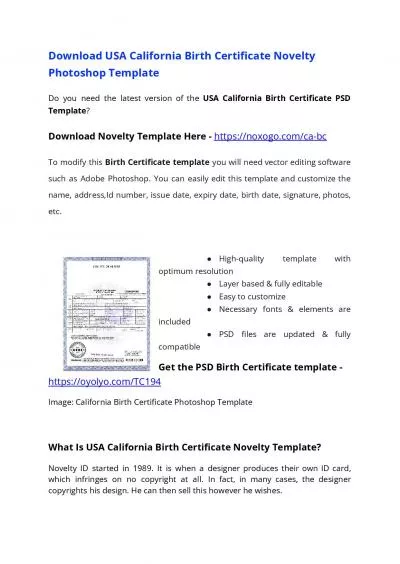PDF-Birth Opx740069ons
Author : elise | Published Date : 2022-08-22
Welcome aere Mai Respect Manaaki Together Tūhono Aim igh Angamua Ax00660074er a Previous Caesarean Secx740069on A guide for women and their healthcare professionals
Presentation Embed Code
Download Presentation
Download Presentation The PPT/PDF document "Birth Opx740069ons" is the property of its rightful owner. Permission is granted to download and print the materials on this website for personal, non-commercial use only, and to display it on your personal computer provided you do not modify the materials and that you retain all copyright notices contained in the materials. By downloading content from our website, you accept the terms of this agreement.
Birth Opx740069ons: Transcript
Download Rules Of Document
"Birth Opx740069ons"The content belongs to its owner. You may download and print it for personal use, without modification, and keep all copyright notices. By downloading, you agree to these terms.
Related Documents


